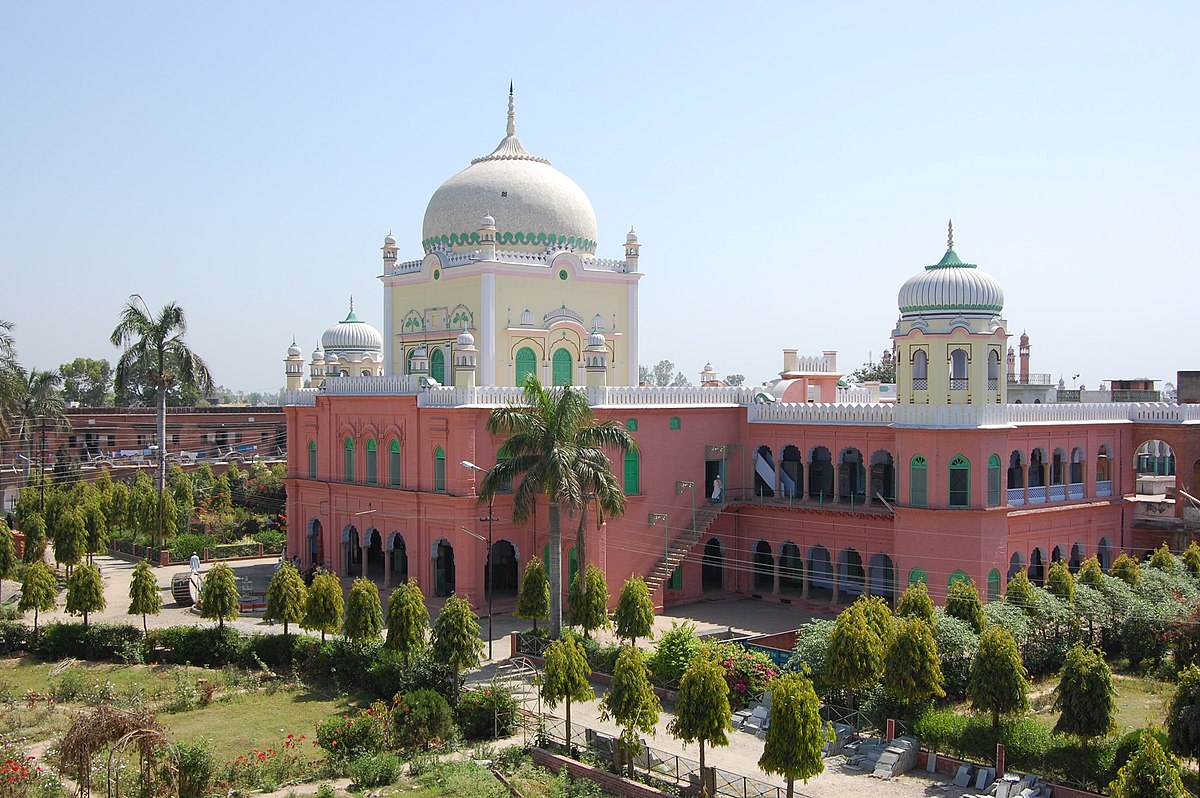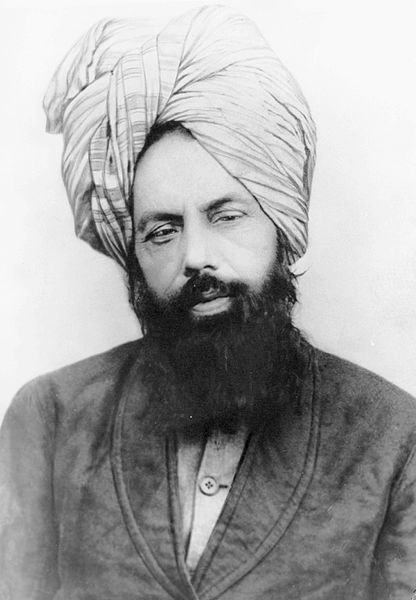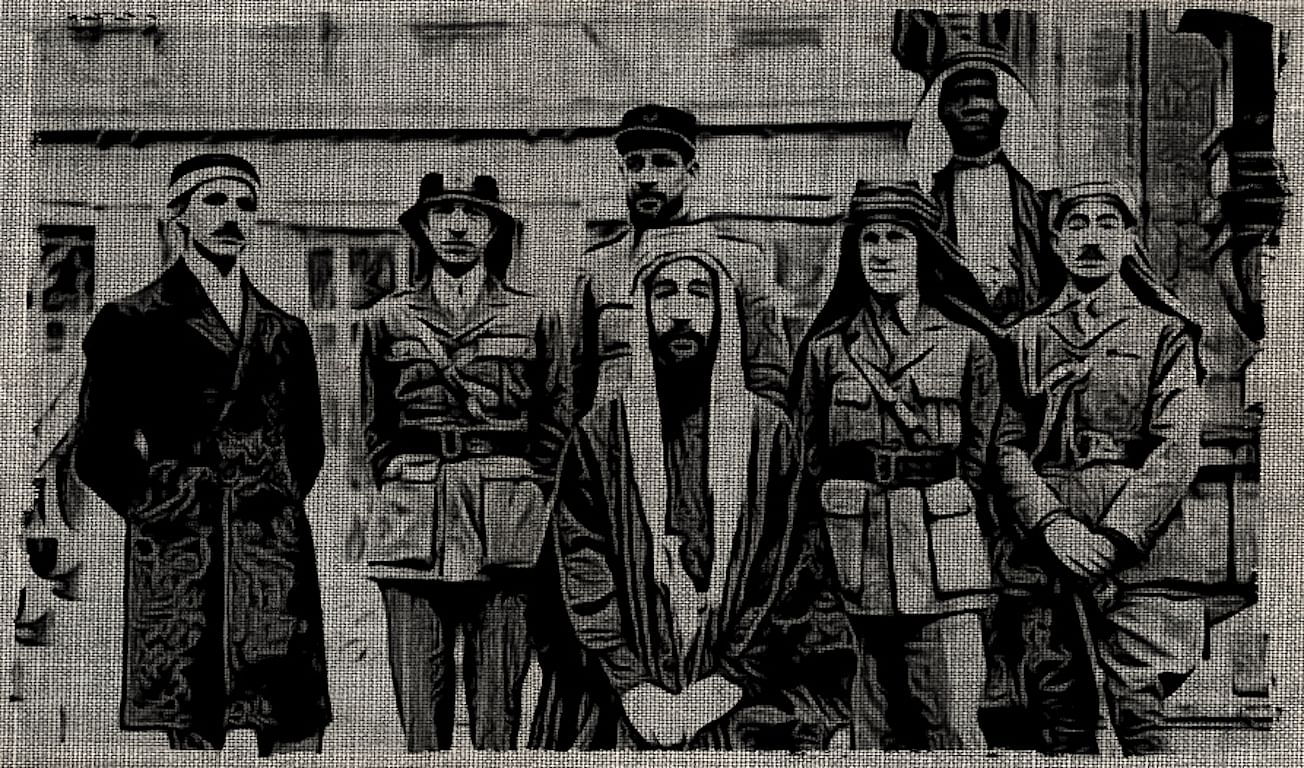The need for social and religious reformation in Islamic society was felt comparatively later. The urgency for social and religious reformation was beginning to be felt by the Muslims in India as contact with
Western education was established. The Muslim scholars who were exposed to modern education felt the need to mobilize Muslims to educate themselves. The Muslim reformers were not keen to take an anti-colonial stance at the beginning.
They were looking forward to receiving support from the imperial government to support education for the Muslims, who were considerably backward in comparison to the Hindus. The Muslim reformers were, however, wary of being swept away by the English values and their education. The Muslim reformers were, therefore, seeking funds for encouraging Muslims to take up Islamic education.
The majority of the early Muslim reformers denounced any possibility of endangering their own religion at the cost of modernization and education. For they considered Western education as un-Islamic in philosophy and practice. Till the middle of the 19th century, there was no agreement amongst the Muslim reformers to accept English education.
The Legacy of Muslim Reformation
The Muslims in India went through a tumultuous phase when the Mughal empire began to decline. The rise of English education and further supplanting of the Persian language as a medium of official communication had hurt the Muslim elites. The Muslim clerics like Shah Walliullah of Delhi in the 18th century advocated for protecting the purity of Islamic values. They were known as the Farazis who stood for obligatory duties of Islam.
Towards the start of the 19th century, mainly in the 1830s, the Delhi college helped to foster a modern consciousness in the Muslim community. Names like Nawab Abdul Latif, Syed Ahmed Khan, and Muhamad Iqbal appear distinctive when it comes to the issue of the modern reformation movement in Islamic Indian society.
The foundation of the Muhammedan Literary Society under the leadership of Nawab Abdul Latif in 1863 marked a new phase in the history of Muslim reformation. The literary society played a key role in spreading modern education amongst the Muslims. One of the most distinctive aspects of the Muslim reformation movement was to forge Hindu-Muslim unity in India while the social evils were identified. The contributions of Syed Ahmad Khan cannot be ignored in the annals of the Muslim reformist movement in India.
He founded the Aligarh Movement to organize Muslims to adapt to the need for acquiring education. Syed Ahmed who was born in a well-to-do Muslim family in 1817 took up the cause of reformation. He was well acquainted with the functioning of the imperial company as he served as a judicial officer. For any further advancement, he thought it was necessary for the Muslims to understand the British system of rule.
He believed that Muslims should learn to adapt to Western education which in turn was to empower Indian Muslims to get themselves eligible for governmental employment. The early reformers like Syed Ahmad Khan opined that the interest of Muslims in India would be better served when it would extend full cooperation with the British administration.
Initiatives are taken up by Syed Ahmed Khan
Syed Ahmed Khan founded an initiative in 1862 to translate English books on science into Urdu. Perhaps for the first time, Syed founded an English-Urdu publication to spread the ideas of social reform. His initiatives in the field of education were distinctive. The Mohammedan Oriental College was founded in 1875. It went on to become what we today call the Aligarh Muslim University. Subsequently, in 1886 Syed Ahmad Khan founded the Mohammedan Anglo-Oriental Educational Conference. The legacy of the Aligarh educational initiative became a harbinger of a new social reform movement for the Muslims in India which was later called the Aligarh movement.
Syed Ahmed was far ahead of his time as he began to question several traditional practices of Islamic society. Syed Ahmad Khan denounced the Purdah system, polygamy, and the Talaq system. According to him, it was necessary to remove irrational social customs without compromising on the basic essence of Islam. He was in favor of a rational exercise of Koranic values. He advocated for modern education as it had the potential to resolve the poverty and orthodoxies of Indian Muslims.
He was keen to introduce western science and technological education to the Muslims. To him, the Muslims should not see any basic contradiction between the values of the Quran and scientific education that was evident in English education. He spoke for the dissemination of English education to the Muslims without losing the core Islamic values. From elementary to higher education, Syed was supportive of imparting governmental curriculum.
To him, the realization of a nation in India was not foreseeable without imbibing western values. In his initial days, Syed was a firm believer of Hindu-Muslim united nationalism in India. His ambition to serve Indian National Congress as a top-ranking leader did not materialize which disgruntled him. He began to oppose Muslim participation in Congress’s activities as he charged Congress as being a Brahmin organization. In the later part of his political career, Syed began to speak for a two-nation theory that was appropriated when the Muslim League was formed in 1906. Syed’s legacy earned him the title of Sir.
The Deoband Movement
The Deoband Movement was launched in 1866 in Deoband in Saharanpur of United Province. It was led by Mohammad Qasim Nanotavi and Rashid Ahmed Gangohi. It aimed at training the religious leaders for the moral and cultural regeneration of the Muslims in India. The Deoband movement supported the works and aims of the Indian National Congress. Deoband leaders like Mahmud-ul-Hasan gave a new political and intellectual orientation to the movement. He creatively advocated for pursuing a synthesis of Islam and nationalism in India.

As time progressed, the failure of the Indian National Congress to incorporate the aspirations of Muslims in India gradually led to the growing discontent of Muslims in India. Syed Ahmed Khan began to propagate a two-nation theory for the Muslims which was later picked up by the Muslim League which was formed in 1906. The League flourished under the leadership of several western-educated Muslims. In 1930, Sir Muhammad Iqbal for the first time put forward the demand for a separate Muslim country. The orthodox section among the Muslim ulema organized the Deoband Movement. It preached pure Islamic teachings of the Koran and the Hadis. It aimed at encouraging the spirit of jihad against the foreign rulers.
The new Deoband leader Mahmud-ul-Hasan (1851-1920) sought to impart political and intellectual content to the religious ideas of the school. However, a liberal interpretation of Islam, on the other hand, helped in the overall political awakening of Muslims in India in the later years.
The Wahabi Movement
The majority of Islamic cultural awakening movements had a revivalist orientation. The Wahabi movement was influenced by the teachings of Abdul Wahab of Arabia (1703-87). Saiyid Ahmad of Rai Bareilly founded the Wahabi Movement in the first decade of the 19th century. The teachings of Delhi saint Shah Waliullah expanded the base of the Wahabi reform movement. The early Wahabis had emphasized two aspects of reformation. First, it aimed at unifying Islamic thoughts, and, second, it upheld the role of individual conscience in the performance of religious ethos. The Wahabi movement was a revivalist movement that aimed at purifying Islam. Syed Ahmed Barelvi gave a political orientation to the Wahabi movement.
The political orientation of the Wahabi movement led to the quest for a Muslim homeland. The Wahabis did not restrict to religious reforms only. The Wahabis in India aimed at the replacement of the British rule by the rule of the true believers. Muslim rebellions in India were largely influenced by Wahabi tradition. The revolt of 1857 was influenced by Wahabi philosophy. The Wahabi movement ignited an anti-British sentiment amongst the Muslims in India. General Bakht Khan who led the Delhi mutiny was a Wahabis. The Wahabi movement aimed at establishing Dar-ul-Islam, meaning abode of Islam. It left a legacy of Muslim isolationism.
The Ahmadiya Movement
The Ahmadiya movement was founded by Mirza Ghulam Ahamad in 1889. The movement responded to the works of Arya Samaj, Christian missionaries, and liberal Hindu reformers. The response was, however, not antithetical to Christian and Hindu reformist theosophy. The Ahmadiya movement based itself, like the Brahmo Samaj, on the principles of universal religiosity. There was a liberal aspect to the Ahmadiya movement. The Ahmadiyas opposed Jihad or sacred war against non-Muslims and stressed fraternal relations among all. The movement spread Western liberal education among Indian Muslims. It supported liberal schooling and higher education for the Muslims in India.

With the turn of the 20th century, Muslim reformist initiatives were rampant. The first decade of the 20th century witnessed the emergence of several nationalists who at the same time adhered to liberal values. It began to challenge the submissive policies of the Aligarh movement. Since 1910, under the leadership of Maulana Muhammad Ali, Hakim Ajmal Khan, Hasan Imam, Maulana Zafar Ali Khar, and Mazhar-ul-Haq there was a movement for self-government. The movement came to be known as the Ahrar movement. The split of Congress into extremists and moderates in 1907, and the growing aspiration of Muslims for two-nation theory led to the politicization of reformist movements in India.
The Indian Council Act, 1909 worsened the communal relations as the communal electorate system was awarded to the Muslims. The Muslim reformist movement became more exclusive. The rise of Muslim reformers helped in strengthening nationalist discourse in India as a new generation of educated Muslims reportedly numbering around 220 were working during the period of 1882-1902. The first generation of modern Muslim reformers not only uplifted their social life but also provided a leading political role that finally went on to demand a separate Muslim consciousness in India.

